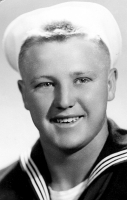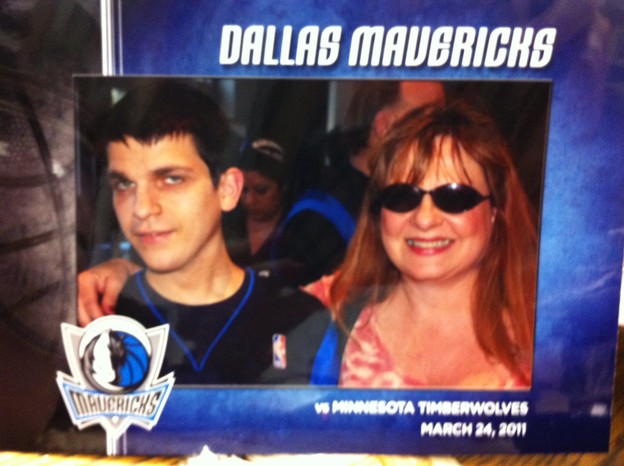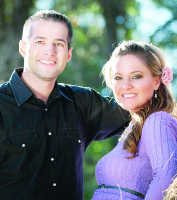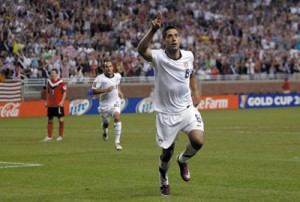|
Memorial Day
by Reeves Gilmore (John Tyler 1968)
In Korea, Vietnam, Iraq, Afghanistan, the South Pacific, Japan, and Europe and on home soil in the Civil War … the blood of our men and women has been shed around the globe. This year our Lions’ Memorial Day tribute focuses on one aspect of strife … World War II and in particular the Normandy invasion. I hope that future tributes will focus on the brave men and women who have fought in every generation to defend freedom throughout the world.
There are many sacred sites symbolizing man’s inhumanity to man … the inhumanity labeled as war. Cemeteries and man made memorials dot this earth. But there are a few sites that stir a certain emotion, a reverence. If you have ever have been to the Vietnam Memorial in Washington DC, you know what I mean. The American Cemetery in Normandy is another hallowed, sacred place that quiets the heart, whispers to the very core, and brings tears to the eyes and reflection to the mind. Gazing across a sea of white crosses and markers emblazoned with the Star of David is one of the most moving experiences of my life.
The History
The Normandy landings were the landing operations of the Allied invasion of Normandy, also known as Operation Overlord and Operation Neptune, during World War II. The landings commenced on Tuesday, 6 June 1944 (D-Day), beginning at 6:30 AM British Double Summer Time (GMT+2). In planning, D-Day was the term used for the day of actual landing, which was dependent on final approval.
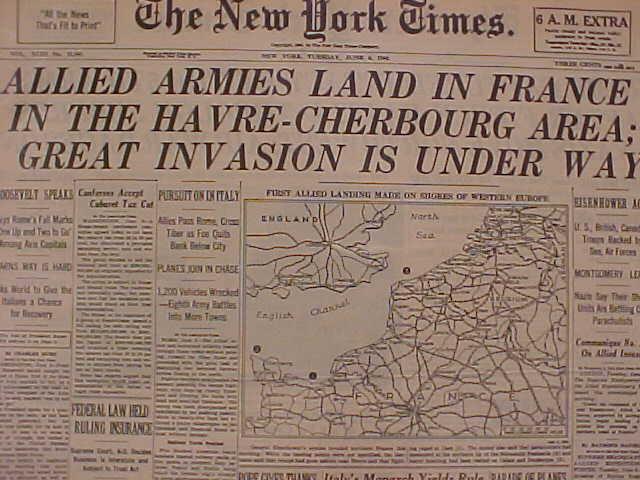
The assault was conducted in two phases: an airborne assault landing of 24,000 British, American, Canadian and Free French airborne troops shortly after midnight, and an amphibious landing of Allied infantry and armored divisions on the coast of France commencing at 6:30 AM. There were also decoy operations mounted under the codenames Operation Glimmer and Operation Taxable to distract the German forces from the real landing areas.
The operation was the largest amphibious invasion in world history, with over 160,000 troops landing on 6 June 1944. 195,700 Allied naval and merchant navy personnel in over 5,000 ships were involved. The invasion required the transport of soldiers and material from the United Kingdom by troop-laden aircraft and ships, the assault landings, air support, naval interdiction of the English Channel and naval fire-support. The landings took place along a 50-mile (80 km) stretch of the Normandy coast divided into five sectors: Utah, Omaha, Gold, Juno and Sword.
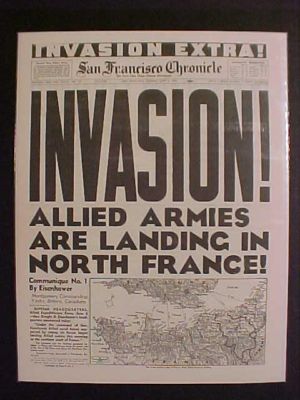
The best way I can memorialize the Normandy Experience is to quote from a story I wrote about the Seine River cruise Tom and I took in the fall of 2007. I will remember forever that experience.
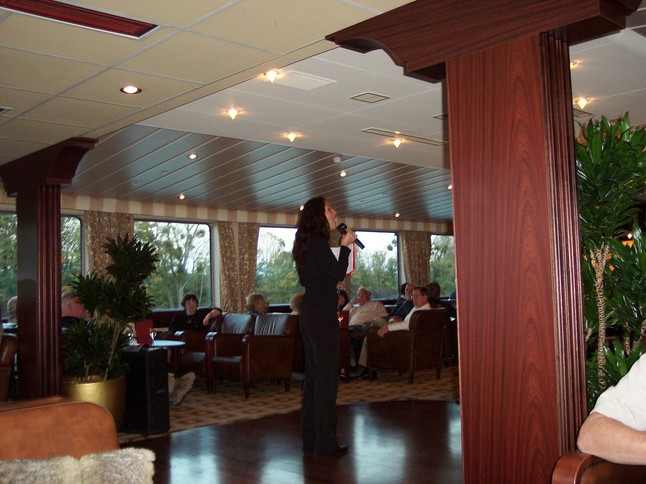 She said, “When you return to your cabins this evening, on your beds, will be a certificate from the Association Les Fleurs de la Mémoire. Each certificate bears the name of a US soldier and the location of his final resting place in the American Cemetery. This person is your soldier, the one who individually you can honor by placing flowers at his grave.”
At this moment, the tears welled up in the majority of eyes, men and women. Tears flowed unabated as she continued to express her personal feelings, her voice breaking at times, and expressing the appreciation of the French people for the sacrifice of America’s young. The room was stone cold silent except for sniffling and nose blowing. With their faces crumbling, I watched as a couple of men bolted from the lounge, too full of emotion to hear anymore and not wanting to reveal their softer side in public until they could compose themselves. How the next day could be any more emotional was incomprehensible at that moment; Emmanuelle’s remarks were moving, appropriate, and appreciated. Tom’s thoughts immediately went to his father, a young man who flew many P-47 bombing missions across the English Channel during the war. He was one of the multitude of young boys who went to war and came home a man; a man who suffered all his life from the experience. It was going to be a long day.
Our coaches were ready as usual for our sleepy-eyed 8 AM departure. We had about a two-hour trip ahead of us through the countryside as we began, of course, with the rush hour traffic in Rouen; nothing like Paris, but still there was some. From across the Seine, we had a splendid view of the Baroness docked on the Right Bank. We were finally freed into the Normandy countryside while Dominique, our knowledgeable and talkative tour guide, began her discourse. The day was overcast; the sunny days in Paris were behind us, but no rain was in our forecast. Through valleys framed by towering chalk cliffs and on through farmland we proceeded toward the beaches. All the while, Dominique was giving us more information then our sleepy minds could absorb.
Our first stop of the day was at Arromanches, in the off season, a sleepy little coastal tourist town. Its somnolent atmosphere, however, belied its past. Arromanches, along a stretch of coastline dubbed as Gold Beach, was the site of the British troops’ invasion of Normandy on D-Day. Today, remnants of caisson like structures are visible in the “mulberry harbor,” an artificial harbor constructed to assist in the landings. A museum devoted to D-Day occupies a prominent place at the harbor. The schedule permitted time for a “technical stop,” as well as some time for strolling and shopping in the small venues. Tom and I purchased some local products, sea salt, Calvados, and the like. Lunch had been arranged for all 120 of us at a local hotel. Angelo and Ethel joined us for a savory and warming meal of chicken fricassee with Calvados apples, bread, and a delectable rice pudding. Also joining us were Jim and Charmaine, another delightful couple in their seventies from near Chicago. How fortunate we were to meet so many people with wonderful life stories to share and so willing to talk.
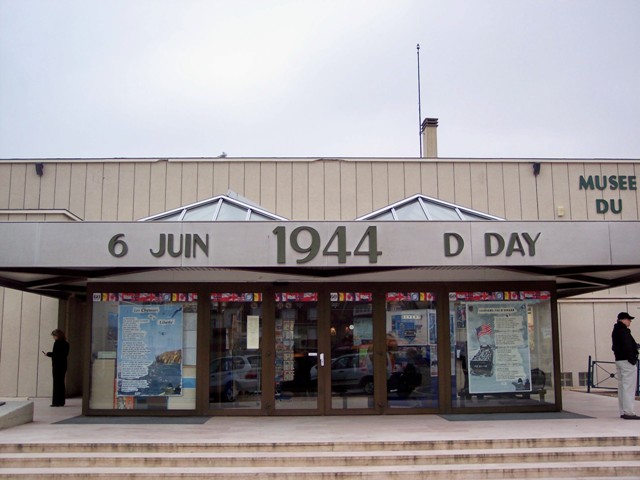
Our next destination was the American Cemetery at Colleville-sur-Mer. But first for our Canadian travelers, a side trip had been planned for a visit to Juno Beach, the site of the Canadian forces landing on D-Day. We left them, about 10 people, at Juno Beach at Courselles-sur-Mer; they would rejoin us at Omaha Beach later. Our coaches wound along the D-514, an inland road paralleling the beach, almost touching the walls of ancient fortified farmhouses. American flags still fly at some farmhouses and village centers. The usual car park greeted us, but on this October day, it was sparsely populated. Departing the coaches, we approached the cemetery through a sylvan glade, immaculately maintained. Emerging from the trees, we beheld the momentous sight of the thousands of white crosses standing like the soldiers lying beneath, straight as an arrow and facing westward toward home, the United States.
.jpg) Solitude permeated the rarified air, appropriate as each of us began our personal reflection. Dominique led us to The Memorial, a colonnaded semi-circular structure embracing the bronze statue “Spirit of American Youth Rising from the Waves.”
Behind the colonnade are niches containing illustrative maps of the assaults on D-Day.
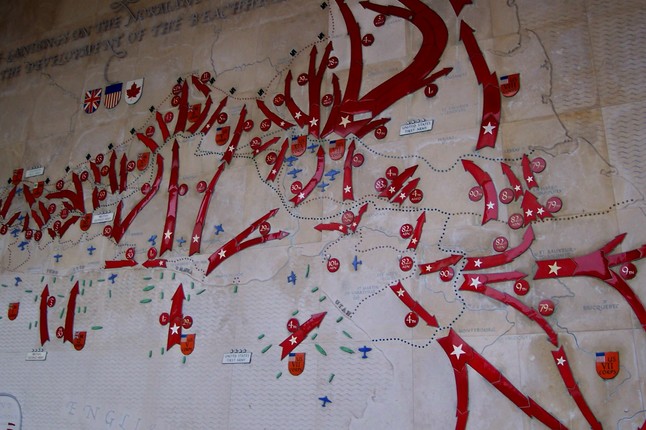 While Dominique talked away, I noticed a group of school children in formation at the steps to the memorial. Soon two of the students approached carrying a wreath of red, white, and blue flowers with streamers of the same colors. As they placed the wreath at the foot of the statue, an attendant signaled and the strains of “The Star-Spangled Banner” pealed throughout the grounds. I turned my back to the others to respect and observe the moment. Dominique continued her talking as I removed the offending Quiet Vox earpiece to shut her out. I don’t think she meant disrespect and may not have been aware of what was happening, but the others in the group should have known. Our anthem was followed by Taps, and with this all stood in respectful silence. After the children left, I walked up to the wreath. On one streamer were the words “We Will Remember” and the other streamer bore the name of a town in The Netherlands. I was honored to have witnessed this tribute.
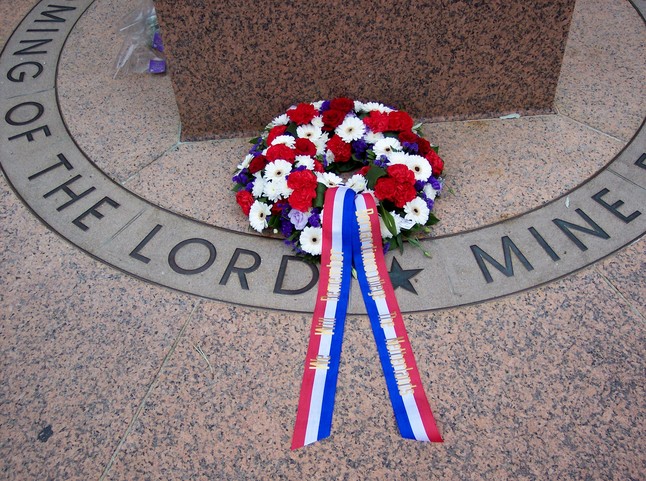 Even though I am somewhat of a history buff, even I had had enough of the lesson. Standing by the reflection pool, we spied Emmanuelle waiting with our flowers. Tom and I left the group and walked to her. With our small bouquets in hand, we separated to find our soldiers. We found our men quickly, placed the flowers against the crosses, silently spoke our thanks for their sacrifice and rejoined only to separate again to meander through the grounds lost in our own personal reflections.
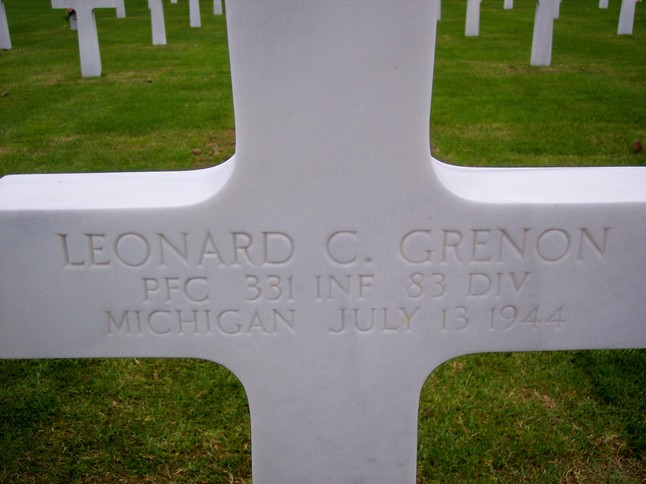 With tears in his eyes, Tom’s thoughts were full of his dad and rightfully so. My thoughts reeled from the fact that we were only seeing a fraction of the graves of the men who had lost their lives in that war. Here were just some 9,000 graves; there are so very many more. Amid all the significance, we saw the evidence that life continues as the mowers sculpted the grounds and workers armed this time with only pails of soap and water and brushes moved among the boys to clean the crosses and Stars of David marking the graves.
Our group was spread all over the grounds looking at the markers, visiting the chapel, and going to the edge of the cemetery to gaze at the now quiet Omaha Beach, the waters of the English Channel blessing this sacred ground. This day was indeed very special and moving. Tom and I were thankful that we had the opportunity to visit this very special place, now designated by the French government as American soil. It was time to leave, and our group straggled back to the coaches.
Our next destination was The Beach, Omaha Beach, again along the D-514. We arrived in Saint-Laurent-sur-Mer; almost the heart of the stretch of coastline called Omaha Beach, the sight of the American landings along with nearby Utah Beach. Omaha Beach’s bloody conflict is honored with a stone monument,
but a more recent addition is the massive sculpture, “Les Braves,” the stainless steel columns of French sculptress Anilore Banon rising from the beach, and at high tide, I suppose the sea. This impressive and monumental work was created for the 60th anniversary of D-Day and was installed in May 2004. It was scheduled to be dismantled in October but a public outcry has preserved its position on the beach so far.
The final stop on our day’s journey of remembrance was Pointe du Hoc; the site of the assault by Rudder’s Rangers, US forces, who climbed the sheer cliffs to capture a German pillbox.
Casualties were heavy and the landscape is pocked by craters made by the exploding bombs and strewn with remnants of concrete blasted from the bunker.
The geography of the land brings home the dangers that our boys immediately faced as they disembarked to begin the assault.
One can only imagine what thoughts went through their minds at that moment. Our emotions conflicted with the then and now. The then was for a noble cause and world freedom; the now was for a questionable cause at best.
We began the journey back to Rouen, some slept, and others simply were lost in the countryside and their own thoughts of the day’s events. Dominique, sweet and accommodating, was blessedly quiet for the return. We ran ahead of schedule and returned to the River Baroness before the reported 6:30 PM arrival. A drink or two was in order before we gathered in the lounge for the day’s Port Talk. As we sat in comfort, the evening’s entertainment was setting up and we caught a few snatches of music, a little Piaf, but after dinner, we retired for the night. Indeed, it had been a long day; a day I will never forget."
Today as one drives the country lanes and byways of coastal France, it is common to see Old Glory flying above rusticated stone farmhouses. So many years after the D-Day events, the French people have not forgotten the sacrifices made for their freedom. Whether or not Americans, the British, and the French agree on any other matter, this one defining moment is one on which we agree … freedom and liberation came at a price … an horrific price … the lives of so many men were shuttered early and never again did they see the light of day, feel the caress of a lover’s hand, hear the peel of laughter of a child or bathe in the light of the great sun above. No, their lives came to an abrupt end on the beaches of a far away land … on the blood soaked sands of the Beaches of Normandy. God bless ……….
I Stand Here Now
I stand here now
Amongst ... brave men
With whom ... I've stood before
The last time ... when we landed
On June 6th of '44
Back then ... we were all young men
Eighteen or little more
Their lives ... cut short ... that morning
On this distant ... windswept shore
I stand here now ... and wonder
What would they ... have become
Had they survived ... that morning
Their lives ... allowed full run
One thing ... I know ... for certain
Of which ... there is ... no doubt
These brave young men
My pals ... from then
Would be ... old
White haired ... with wrinkled brow
Just like me ...
As I stand here ... now.
A Quiet Place
It's quiet here ... so quiet
Standing on this hill
But if I stand here too much longer
My eyes with tears will fill
Looking down ... I'm there again
On that beach ... just down below
Far different ... to that morning
That I remember so
That beach ... it was a hell on earth
Where no man ... should ever go
I remember
I was down there
I should know
Don't cry now ... dear old soldier
That was many years ago.
|
 |


 Buddy went home to be with his Heavenly Father on Saturday, January 29, 2011. He was born in Nacogdoches on June 30, 1922, and lived 88 wonderful years of life. Services will be held on Monday, January 31, 2011 at 10:00 AM at the First Christian Church located at 702 Mound Street in Nacogdoches, with Rev. Terry Hodge presiding. Visitation is from 3 to 5 p.m. on Sunday, January 30, 2011 also at First Christian Church. Buddy was preceded in death by his parents, John D. and Elva Wilson Still, his first wife of 55 years, Margaret Emily Barrett Still, and his second wife of 15 years, Mary Jane Still. Also preceding him in death were his sister, Margaret Stone and husband George, sister, Peggy Russell, son Charles Alan Still and a great granddaughter, Kaylie Breann Smith. Buddy married Margaret Emily Barrett in 1938 and immediately entered the grocery business with his father John D. and grandfather C.J. Wilson. Eventually he and his brother, Pete, owned four grocery stores in Nacogdoches, which Buddy later reduced to the one location at 3100 North Street, in 1958 when Pete relocated out of town. Still Brothers Grocery was probably the last home town store to both charge grocery purchases and deliver them to homes. Over his 41 years in the grocery business Buddy met and befriended many hundreds of people who shared their life experiences with him. He retired from the grocery business in 1979 and then enlarged and continued his lifelong cattle operation until his death. During
Buddy went home to be with his Heavenly Father on Saturday, January 29, 2011. He was born in Nacogdoches on June 30, 1922, and lived 88 wonderful years of life. Services will be held on Monday, January 31, 2011 at 10:00 AM at the First Christian Church located at 702 Mound Street in Nacogdoches, with Rev. Terry Hodge presiding. Visitation is from 3 to 5 p.m. on Sunday, January 30, 2011 also at First Christian Church. Buddy was preceded in death by his parents, John D. and Elva Wilson Still, his first wife of 55 years, Margaret Emily Barrett Still, and his second wife of 15 years, Mary Jane Still. Also preceding him in death were his sister, Margaret Stone and husband George, sister, Peggy Russell, son Charles Alan Still and a great granddaughter, Kaylie Breann Smith. Buddy married Margaret Emily Barrett in 1938 and immediately entered the grocery business with his father John D. and grandfather C.J. Wilson. Eventually he and his brother, Pete, owned four grocery stores in Nacogdoches, which Buddy later reduced to the one location at 3100 North Street, in 1958 when Pete relocated out of town. Still Brothers Grocery was probably the last home town store to both charge grocery purchases and deliver them to homes. Over his 41 years in the grocery business Buddy met and befriended many hundreds of people who shared their life experiences with him. He retired from the grocery business in 1979 and then enlarged and continued his lifelong cattle operation until his death. During 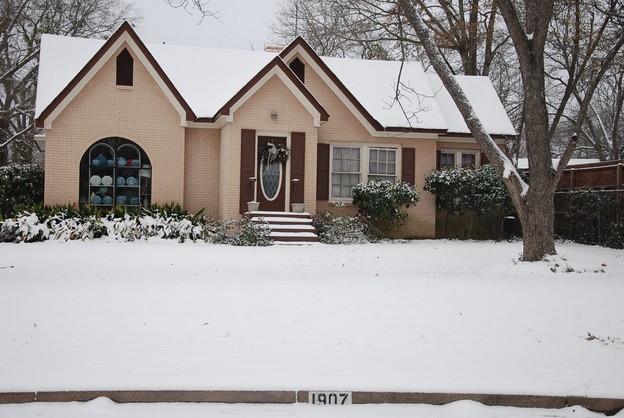
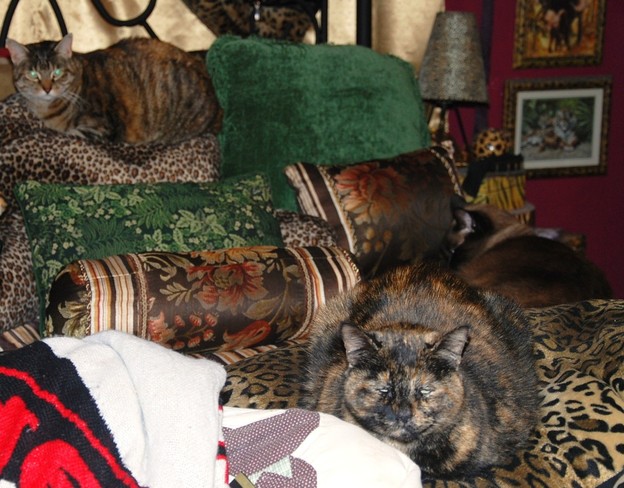
 Funeral for Margaret Leola Rice, 86, of Nacogdoches will be at 10 a.m. Saturday, Feb. 12, 2011, at Laird Funeral Home with Lance Standridge and the Rev. Dennis Land officiating. Burial will be in Sunset Memorial Park. Mrs. Rice died Tuesday, Feb. 8, 2011, at Nacogdoches Medical Center. Born October 29, 1924, in Waverly, Louisiana, she was the daughter of Cookman Edward and Robbie Harrison Degges. She was a graduate of Bastrop (Louisiana) High School, playing as a guard for the team that went to the Louisiana state girls basketball finals. Leola was a devout Christian and had taught Sunday school classes for more than 30 years. She married Harlan C. Rice Oct. 31, 1942, in Bastrop, Louisiana, and they moved to Nacogdoches, where she lived the rest of her life. In her early years, she had worked as a clerk and in bookkeeping for McCrory's and JCPenney. When she became a mother, she devoted her time and energy to rearing three children. In later years she worked as a clerk and retouch artist for Robinson's Studio and as a caregiver for several elderly ladies who became dear friends. Her talents included a beautiful singing voice and exceptional ability as a seamstress. She enjoyed oil painting for many years. Her handmade quilts, all created with love, are precious treasures for all her family members. Preceding her in death were her parents; her husband, Harlan C. Rice on March 3, 1977; her father- and mother-in-law, the Rev. Samuel Aaron and Margaret Elizabeth Abercrombie Rice; an infant brother, Lamarris Degges; brothers, Leon Degges and Fulton Degges; and sister, Agnes Hopkins. Survivors include a son, Ronnie Lavoy Rice of Longview, Texas; daughters, Loretta Annette Rice Cammack and husband, George, of Nacogdoches, Texas, and Karen Maritte Rice Standridge of Nacogoches, Texas; stepson, G. Larry Rice and wife, Sharon, of Frisco, Texas; grandchildren, Gregg Rice and wife, Keri, Brent Rice and wife, JoAnn, Cheryl Simmons and husband, Danny, Mike Cammack and wife, Andrea, Tammy Alvis and husband, Gordon, Robin Faulkner and husband, Jim, Lance Standridge and wife, Rebecca; and eighteen great-grandchildren who were the lights of her life. Visitation will be from 6 until 8 p.m. Friday, Feb. 11, 2011, at Laird Funeral Home. Laird Funeral Home.
Funeral for Margaret Leola Rice, 86, of Nacogdoches will be at 10 a.m. Saturday, Feb. 12, 2011, at Laird Funeral Home with Lance Standridge and the Rev. Dennis Land officiating. Burial will be in Sunset Memorial Park. Mrs. Rice died Tuesday, Feb. 8, 2011, at Nacogdoches Medical Center. Born October 29, 1924, in Waverly, Louisiana, she was the daughter of Cookman Edward and Robbie Harrison Degges. She was a graduate of Bastrop (Louisiana) High School, playing as a guard for the team that went to the Louisiana state girls basketball finals. Leola was a devout Christian and had taught Sunday school classes for more than 30 years. She married Harlan C. Rice Oct. 31, 1942, in Bastrop, Louisiana, and they moved to Nacogdoches, where she lived the rest of her life. In her early years, she had worked as a clerk and in bookkeeping for McCrory's and JCPenney. When she became a mother, she devoted her time and energy to rearing three children. In later years she worked as a clerk and retouch artist for Robinson's Studio and as a caregiver for several elderly ladies who became dear friends. Her talents included a beautiful singing voice and exceptional ability as a seamstress. She enjoyed oil painting for many years. Her handmade quilts, all created with love, are precious treasures for all her family members. Preceding her in death were her parents; her husband, Harlan C. Rice on March 3, 1977; her father- and mother-in-law, the Rev. Samuel Aaron and Margaret Elizabeth Abercrombie Rice; an infant brother, Lamarris Degges; brothers, Leon Degges and Fulton Degges; and sister, Agnes Hopkins. Survivors include a son, Ronnie Lavoy Rice of Longview, Texas; daughters, Loretta Annette Rice Cammack and husband, George, of Nacogdoches, Texas, and Karen Maritte Rice Standridge of Nacogoches, Texas; stepson, G. Larry Rice and wife, Sharon, of Frisco, Texas; grandchildren, Gregg Rice and wife, Keri, Brent Rice and wife, JoAnn, Cheryl Simmons and husband, Danny, Mike Cammack and wife, Andrea, Tammy Alvis and husband, Gordon, Robin Faulkner and husband, Jim, Lance Standridge and wife, Rebecca; and eighteen great-grandchildren who were the lights of her life. Visitation will be from 6 until 8 p.m. Friday, Feb. 11, 2011, at Laird Funeral Home. Laird Funeral Home.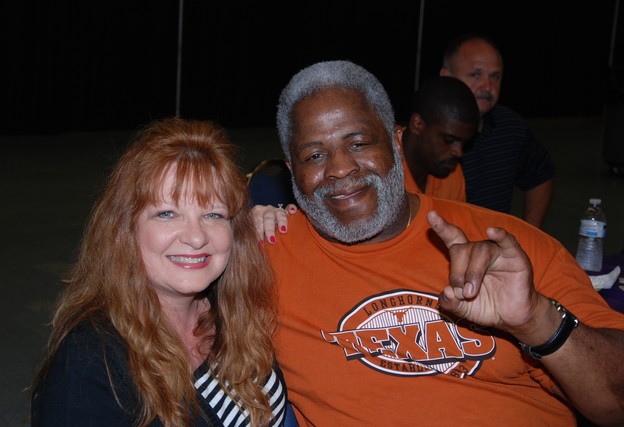
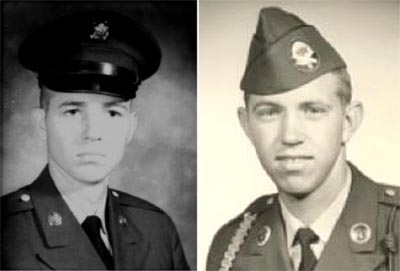
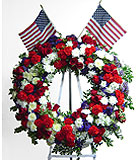




.jpg)
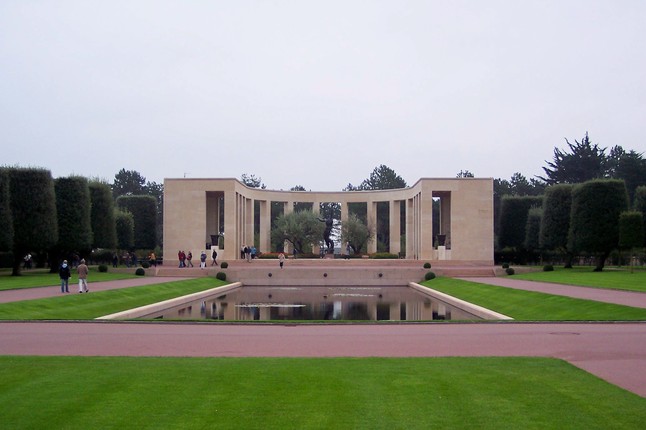
.jpg)




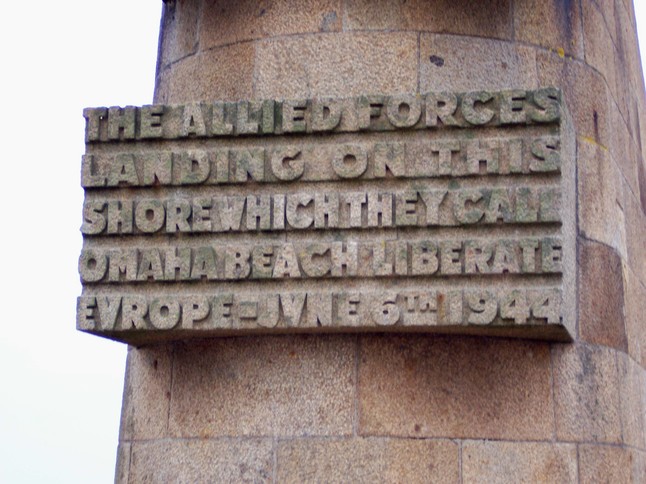
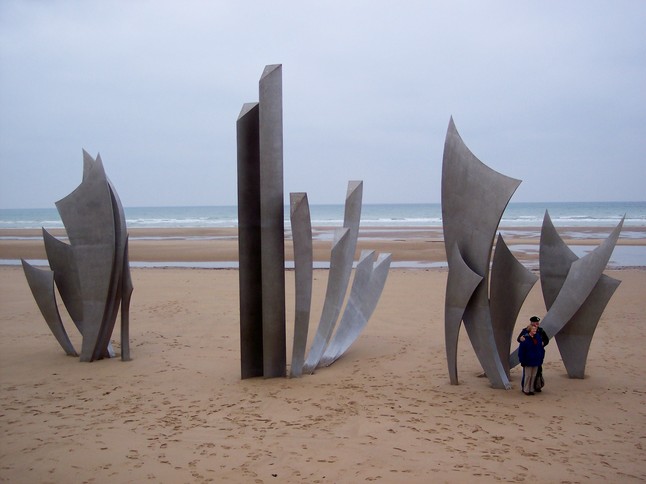
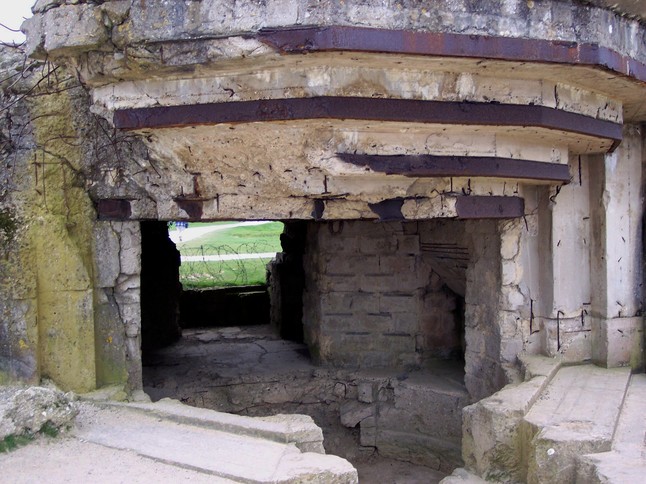
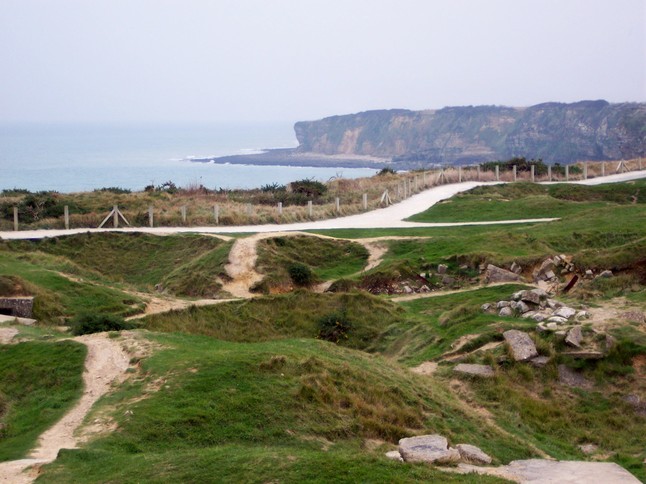
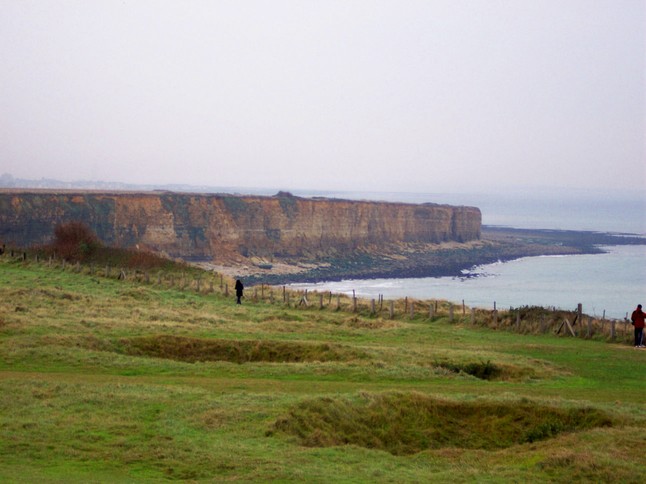
.jpg)
